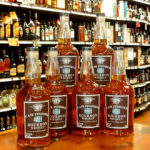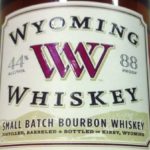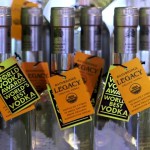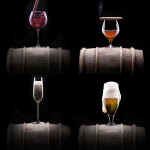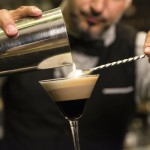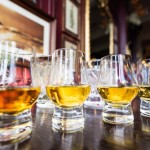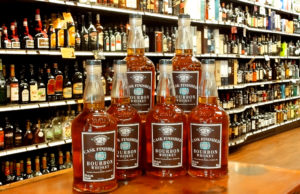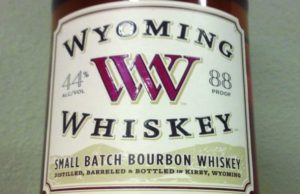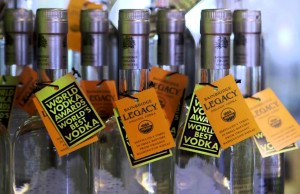The Revival of Speakeasies
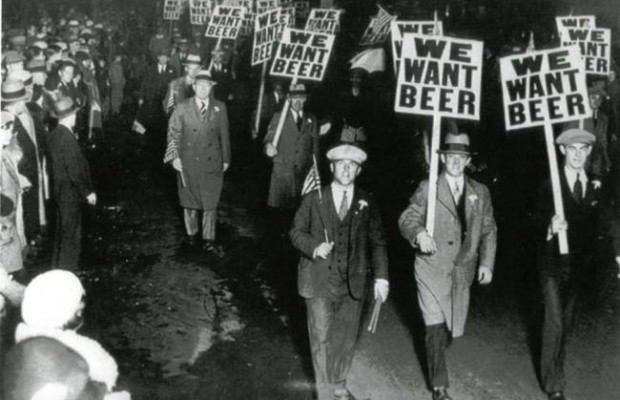
In case you’ve missed it (and if so, read up!), the newest trend that has most dramatically given the bar scene across the country a new lease of life is vintage-inspired speakeasies. If history buffs and nostalgic critics are quick to rave against the high prices and frills that often surrounds these posh establishments, the popularity of neo-speakeasies demonstrates that they are a force to be reckoned with.
During Prohibition, speakeasies replaced saloons and disguised themselves in the most atypical ways to grant access only to trustworthy patrons. These patrons would have to cross the illegal threshold, and give a password, a specific handshake, or secret knock to gain entrance.
At the time often run by the local mafia, these underground drinking places would serve homemade brews, liquors, and simple cocktails, as a defiance against the federal Government’s conservatism.
While they largely disappeared after Prohibition ended in 1933, speakeasies from the past became synonymous with indulgence, secrecy, and yes, glamour. They have also inspired a new wave of speakeasies. Hundreds, if not thousands have emerged across the country over the last decade.
While, some of the most iconic speakeasies remain in operation, the repeal of the government ban forever changed their feel. These changes were largely due to the new demographic, becoming exposed to the general public or a change in location.
The Cotton Club in Harlem and the Stork Club on the Upper East Side of New York City, two of the Big Apple’s most popular speakeasies during Prohibition, both became magnets for movie stars, celebrities, wealthy New Yorkers and showgirls.
Nancy Davis, Ronald Reagan and Elizabeth Taylor often frequented the Stork, which recently moved to a new venue in 53rd Street. Chumney’s, which opened in 1922 three years into Prohibition, closed in 2007 when a chimney collapsed in the dining room.
For these historic speakeasies, though, the novelty factor was gone: they are more of a tourist attraction than anything. Patrons today hope to capture the taboo and exclusivity factor that shrouded the hidden bars of the Roaring Twenties. Mystery, deception, and creating the feeling of being part of a select insider’s club is key to the success of modern speakeasies and participate in an authentic experience.
Now perfectly legal and regulated, neo-speakeasies are known for their vintage decor, unassuming locations, complex blends and strict door policy.
In New York City, La Esquina, PDT and Employees Only are among the most popular hideaway joints at the moment. Located respectively underground a Mexican restaurant, a high-profile bar and behind a fake psychic store, they offer late-night eats and a next-level mixology menu from pedigreed bartenders making drinks like the Mata-Hari, a colorful Scotch-based libation with Chai-infused vermouth and pomegranate juice.
Unless introduced by friends (until the Internet decides it is worth the trip and exposes the venue), finding the door is next-to-impossible and getting in isn’t even an option unless you know and follow the rules.
In Chicago, accessing the hopping Room 13 is as challenging as finding your way around a labyrinth: insiders use the alleyway next to the Old Chicago Inn, find the red-lit gate with an “RM-13” sign, and must tell the doorman the password of the night. A strict dress code applies.
In San Francisco, there are two passwords to be granted access to the selective Wilson & Wilson, a detective-themed speakeasy within a speakeasy. Entering Portland’s Circa 33 is even more arduous: patrons must locate the secret bookshelf and enter the correct code in the ‘mafia’ notebook.
Not all of them have similar procedures: La Descarga in Los Angeles is easier to get in, with a prominent sign displayed at the front, and no password.
This doesn’t take away from the exciting feel of the place: with an ambiance that recalls 1950s Cuba, La Descarga is Angelenos’ go-to spot for Latin music, burlesque shows and salsa dancing in Koreatown.
What the dark-lit, weathered boudoir lacks in concealment, it makes up in ambiance – and booze. With a spectacular cigar and a selection of rums including Ron Zacapa, a rare rum from Guatemala, Velvet falernum, an indispensable liqueur in rum mixology, or Prusser’s rum, a historic rum introduced by the British Royal Navy, connoisseurs are rarely disappointed.
The owner, Steve Livigni, a former Doheny barman, poached Pablo Moix, the portfolio mixologist for Bacardi. The duo serves a limited menu of classic Cuban drinks, including a Cuba Libre mixed with imported Mexican Coke or a Havana-style Mojito, as well as a signature rum-based blends, like the Tropical Holiday, made with Rhum agricole, a fresh sugar cane juice rum exclusive to Martinique.
Of course, today’s underground hot spots differ from the originals: they attract a different crowd, typically hipsters constantly looking for the next ‘it’ spot, serve more than just booze and are often more of a pretext to see and be seen than anything else.
Calling today’s speakeasies inauthentic because they are more civilized and yes, more expensive and not as secret is missing the point. They have actively contributed to popularizing the drinking culture to the younger generation and have been instrumental in the rise of the mixology movement.
In spite of what naysayers argue, drink lovers will agree that for all their flaws, the hype is real. And neo-speakeasies, far from a fad, have what it takes to stay.

